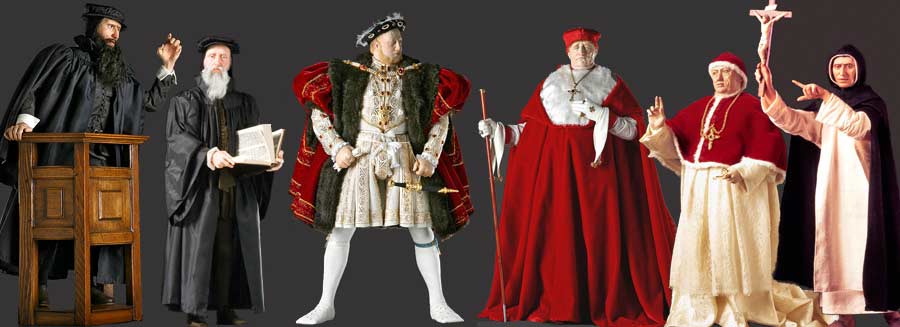
Renaissance and Reformation
The Renaissance was offspring of wealthy Italian merchants and bankers like the Florentine Ludovico Sforza, Lorenzo de Medici and Philip II of Spain. Instead of enlightenment, the family Borgia sought power and is represented here by siblings Juan Borgia, Cesare Borgia, Lucrezia and father Rodrigo Borgia made Pope Alexander VI. A gaudy and sumptuous lifestyle masked a murderous culture at its core. Some like Dominican priest Girolamo Savonarola fought and died for church reform. The Papacy seemed to have lost its calling, but then Martin Luther, a lowly priest was to drag all of Western Europe into decades of conflict over their souls’ salvation. In England, Henry VIII inadvertently advanced the reformation by splitting away from the Church in Rome and banishing his diplomatic Cardinal Wolsey. Henry's daughter, Mary Tudor as queen tried unsuccessfully to return England to the Church of Rome. Meanwhile the Church enabled the Spanish inquisition of Queen Isabella through Tomas de Torquemada. It was left to Ignatius Loyola to establish the Jesuits and Francis Borgia to save the Order and the Counter Reformation it taught. Meanwhile, the Protestant movement was fueled by Jon Calvin, John Knox.
 King Ferdinand 1478
King Ferdinand 1478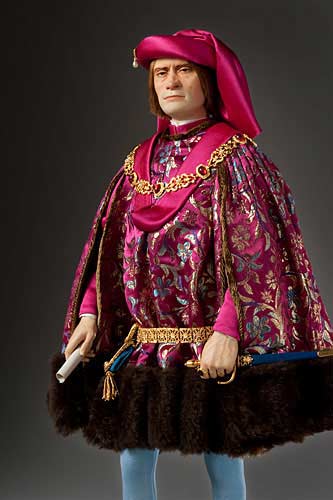 Lorenzo de Medici
Lorenzo de Medici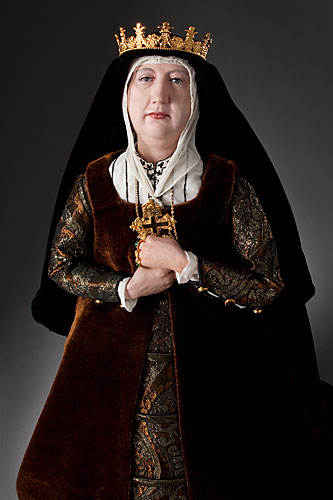 Queen Isabella 1478
Queen Isabella 1478 Girolamo Savonarola
Girolamo Savonarola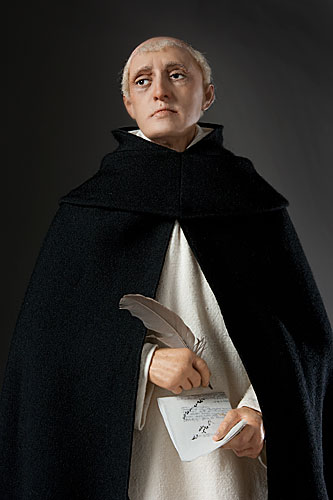 Tomas de Torquemada
Tomas de Torquemada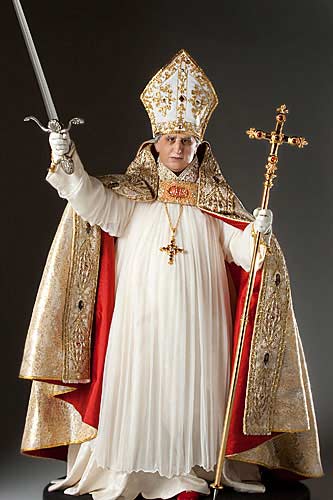 Pope Alexander VI 1496
Pope Alexander VI 1496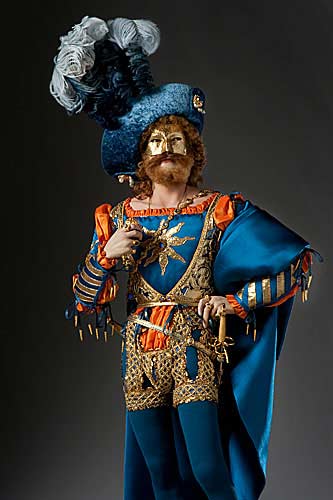 Juan Borgia
Juan Borgia Cesare Borgia
Cesare Borgia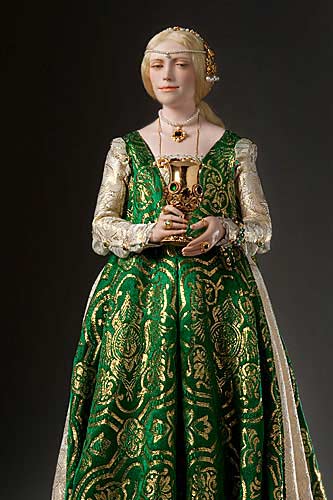 Lucrezia Borgia
Lucrezia Borgia Pope Leo X
Pope Leo X Bartolomeo de las Casas
Bartolomeo de las Casas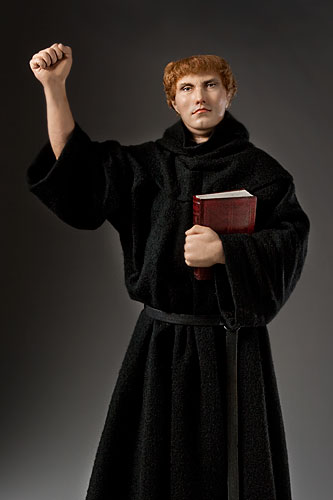 Martin Luther
Martin Luther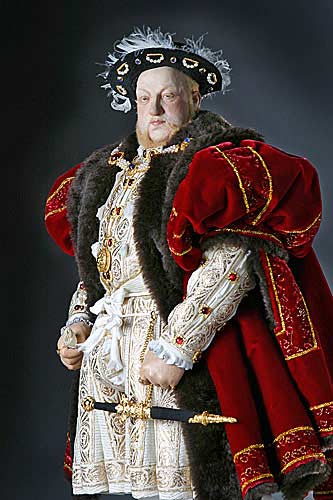 Henry VIII
Henry VIII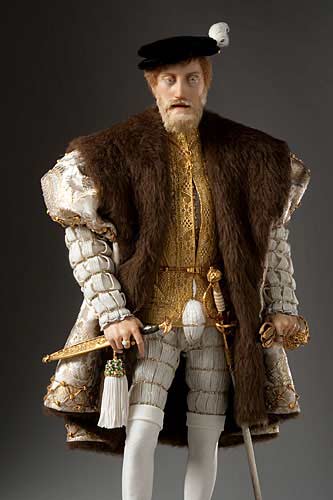 Charles V
Charles V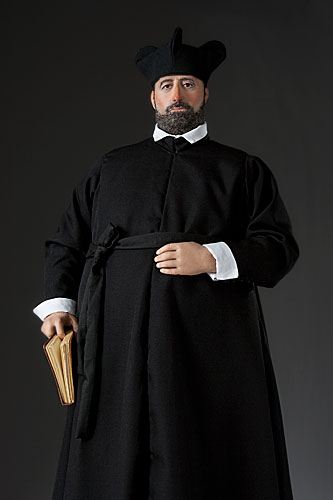 St. Francis Borgia
St. Francis Borgia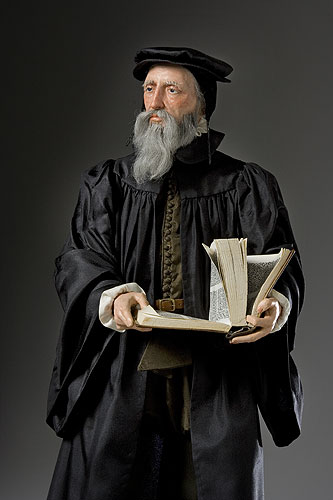 John Calvin
John Calvin St. Teresa of Avila
St. Teresa of Avila Mary Tudor
Mary Tudor